目前人们普遍认为,在不久的将来的某个时候,钙钛矿太阳能电池将进入大规模生产,并实现远超当今技术的太阳能产量。但是,人们仍在通过许多不同的途径探究具体的材料和装置结构而使之超越研究阶段,且每种途径都有各自的优点和缺点。
创造电池触点允许产生的电流从中流出就是其中一个例子。
由弗劳恩霍夫太阳能系统研究所主导的科学家们在一篇最新发表的论文中表示:“[目前常用的]金属接触电极会由于在表面上扩散金属杂质而加快钙钛矿太阳能电池的降解。在钙钛矿太阳能电池中使用化学惰性、坚固的碳素石墨电极——即碳基钙钛矿太阳能电池(C-PSC)——取代金属触点可以从根本上解决这个问题。C-PSC基于工业化成熟的印刷技术而具备环境压力处理能力,因此颇具商业化前景。”
他们继续解释说,C-PSC电池出现了另一种问题,导致碳电极与钙钛矿层交界处有性能损失。为了克服这一问题,弗劳恩霍夫太阳能系统研究所ISE与瑞士洛桑联邦理工学院(EPFL)的科学家们合作开发了一种阻挡层,可以放置在两者之间。
他们在电池活性层上沉积了另一种钙钛矿结构,并借助各种成像技术确定这一附加层可以阻止电子朝“错误”的方向运动并提升电池性能。
他们在最近发表于《先进能源材料》上的“在采用可印刷低温碳电极的高效(18.5%)钙钛矿太阳能电池中使用二维钙钛矿作为电子阻挡层”一文中解释了这种方法。正如标题所示,该小组制造的电池效率高达18.5%,且在太阳光照射500小时后仍能保持82%的效率。而没有阻挡层的对照装置初始效率达到了15.7%,但在光照200小时后损失了63%的效率。
该小组总结道:“我们相信,使用二维钙钛矿作为电子阻挡层(EBL)的方法有助于为未来高效、长期稳定地实践开发全印刷C-PSC铺平道路。”
This content is protected by copyright and may not be reused. If you want to cooperate with us and would like to reuse some of our content, please contact: editors@pv-magazine.com.
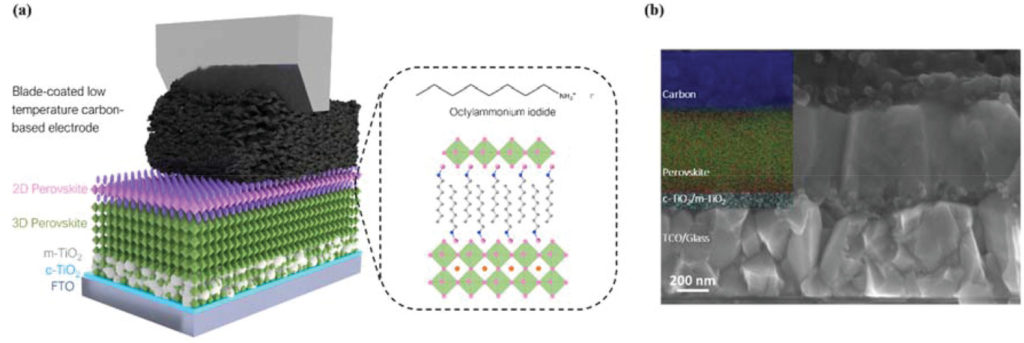



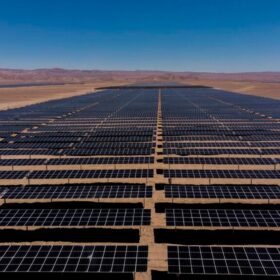
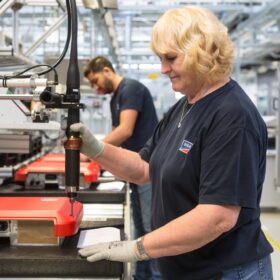
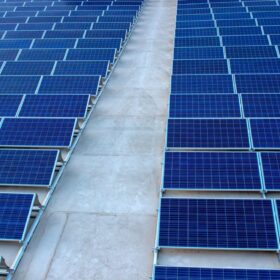
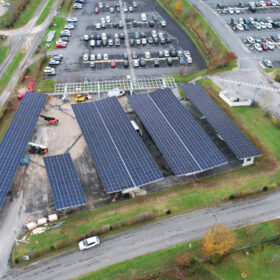
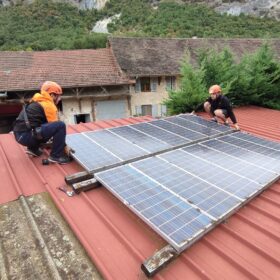
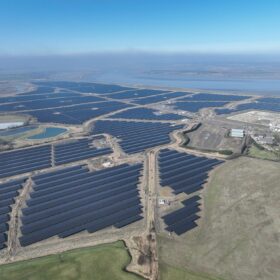

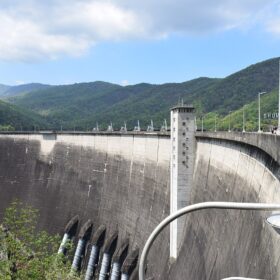
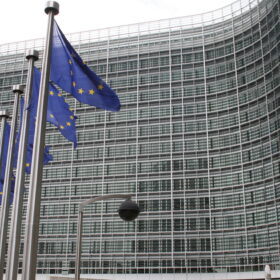

By submitting this form you agree to pv magazine using your data for the purposes of publishing your comment.
Your personal data will only be disclosed or otherwise transmitted to third parties for the purposes of spam filtering or if this is necessary for technical maintenance of the website. Any other transfer to third parties will not take place unless this is justified on the basis of applicable data protection regulations or if pv magazine is legally obliged to do so.
You may revoke this consent at any time with effect for the future, in which case your personal data will be deleted immediately. Otherwise, your data will be deleted if pv magazine has processed your request or the purpose of data storage is fulfilled.
Further information on data privacy can be found in our Data Protection Policy.